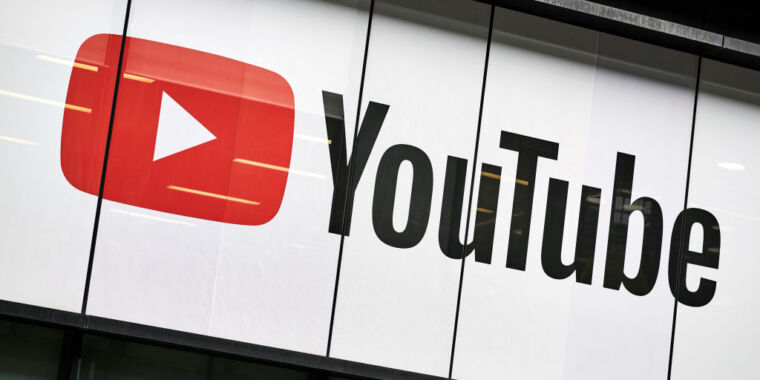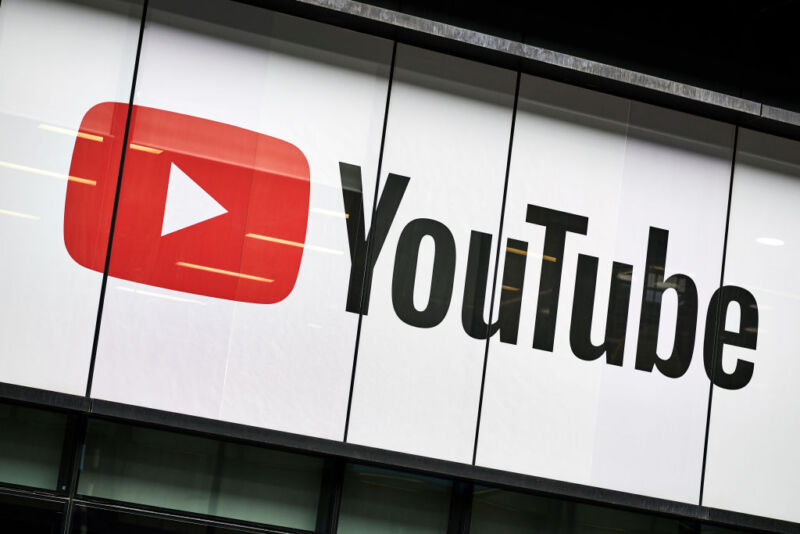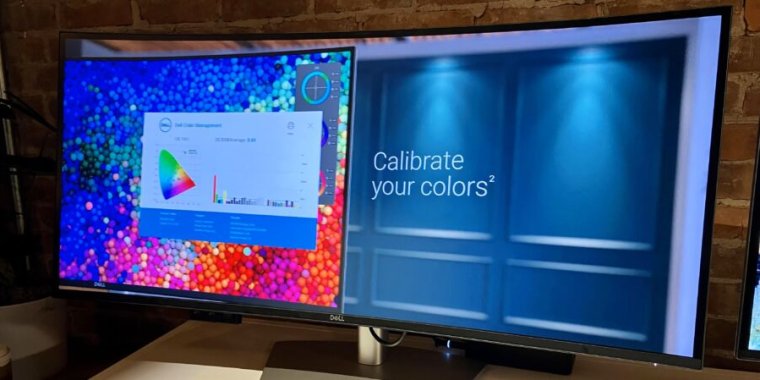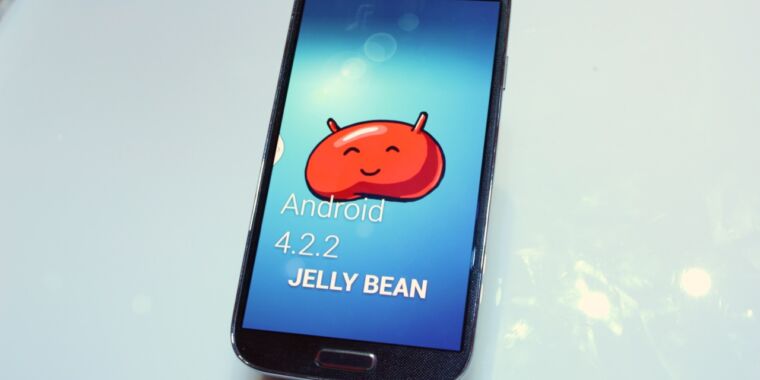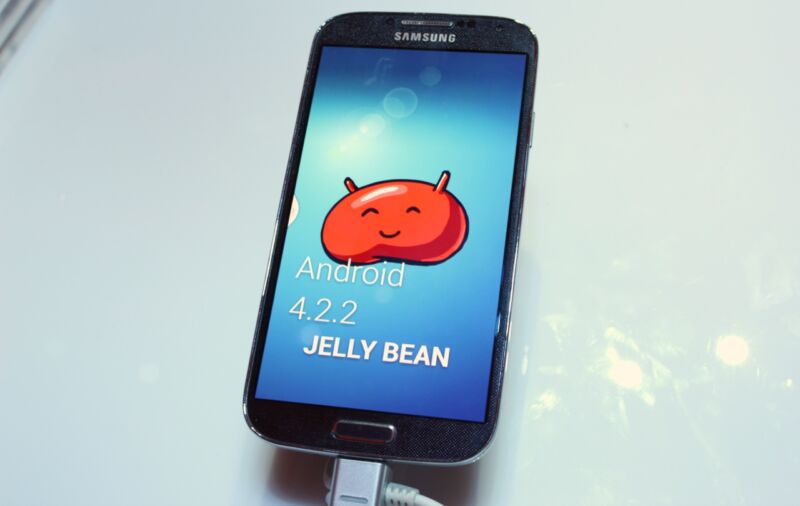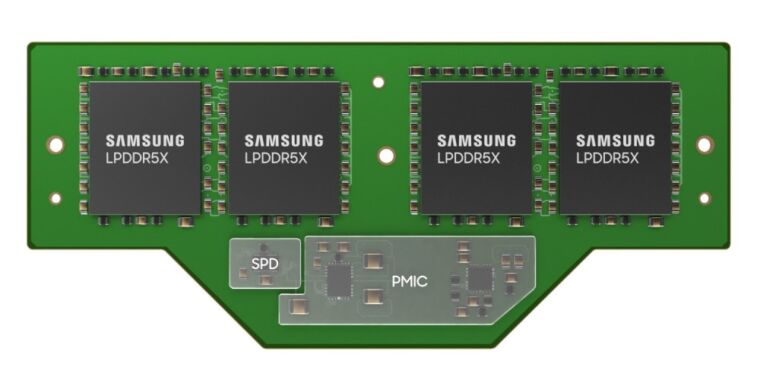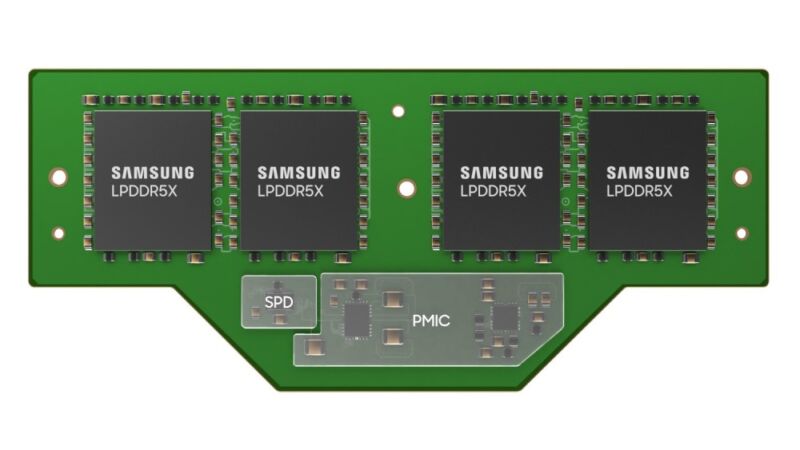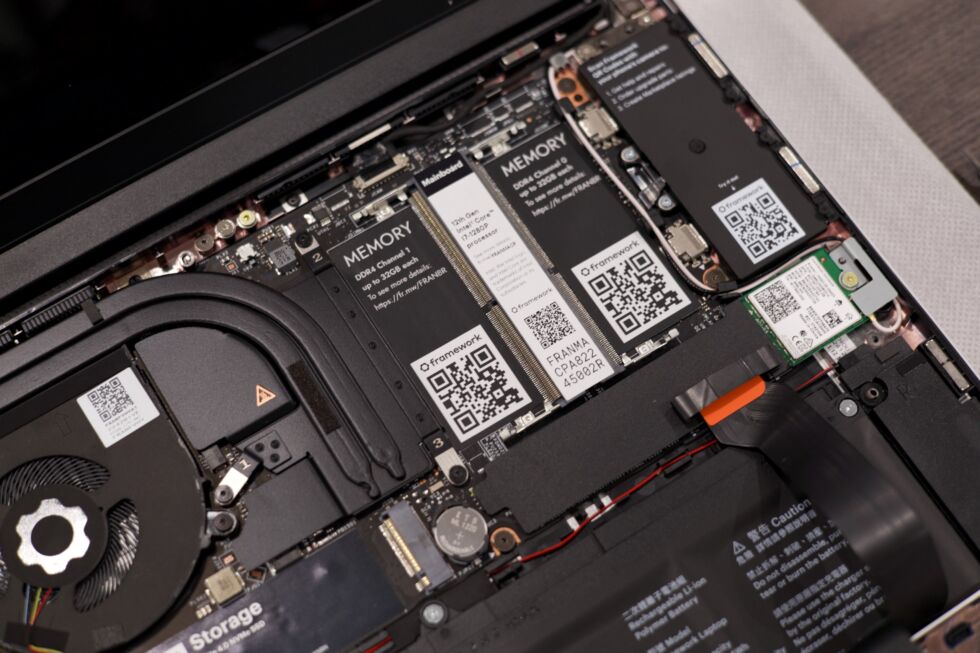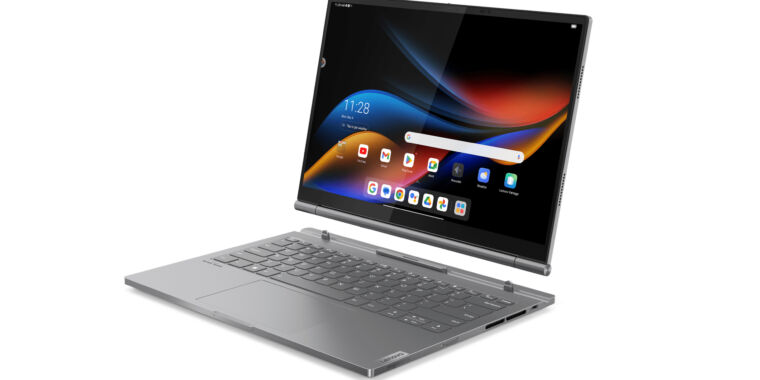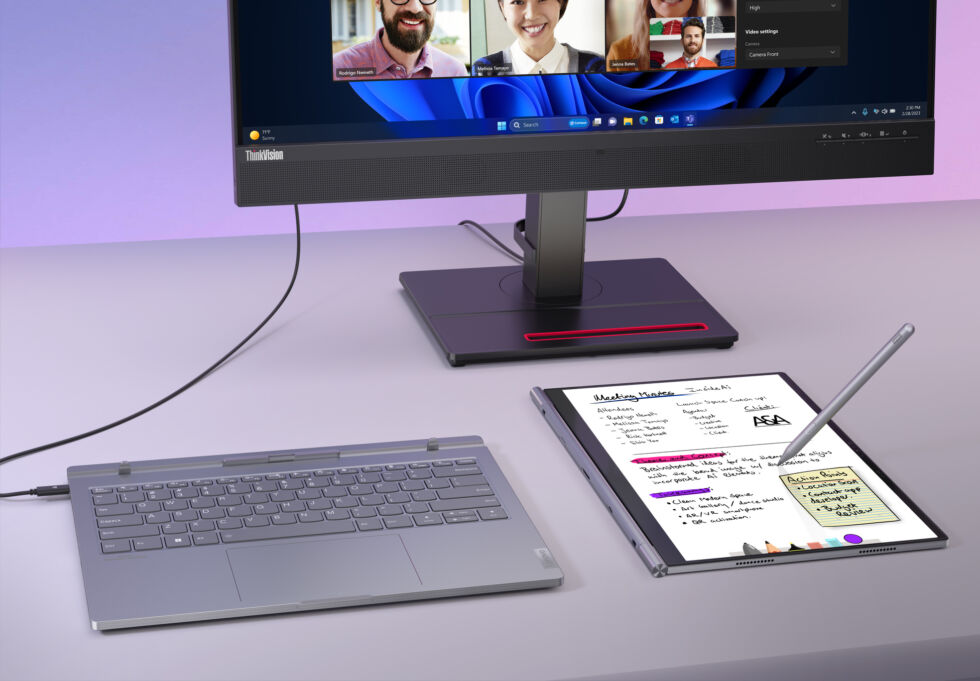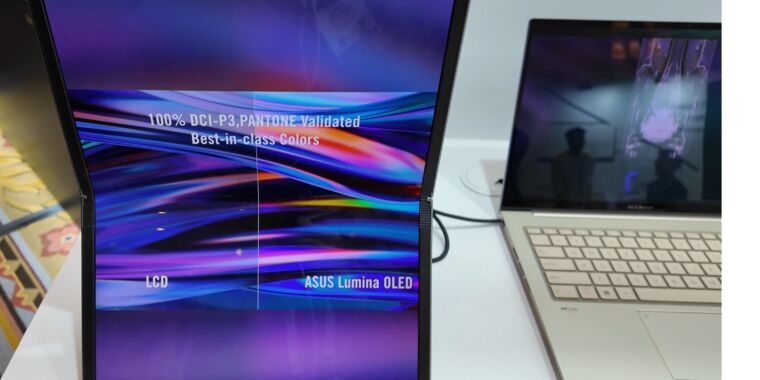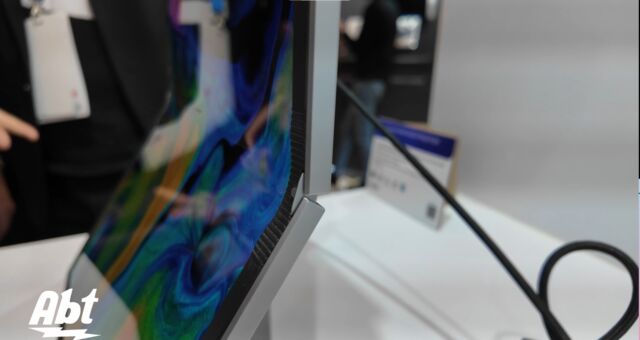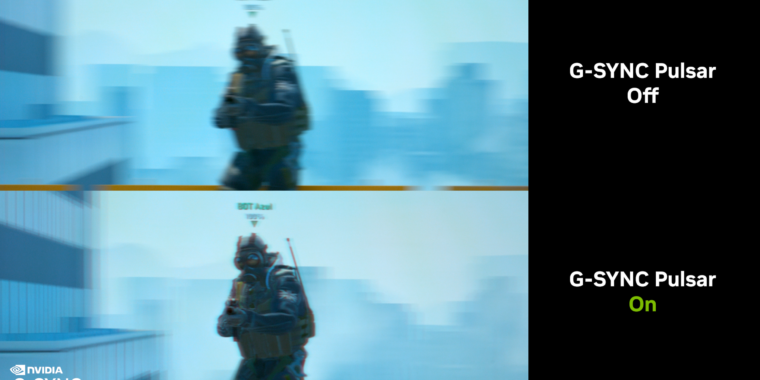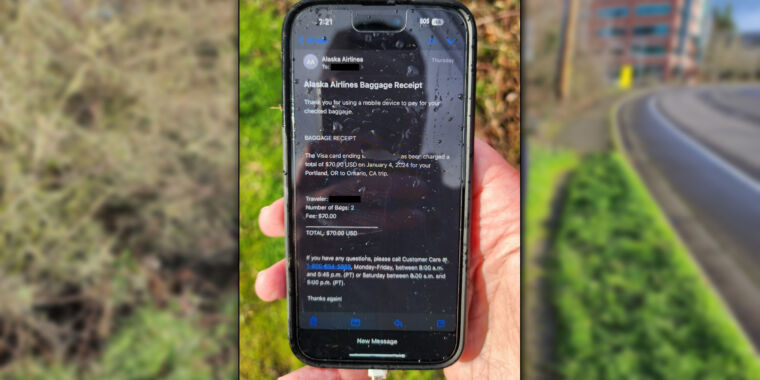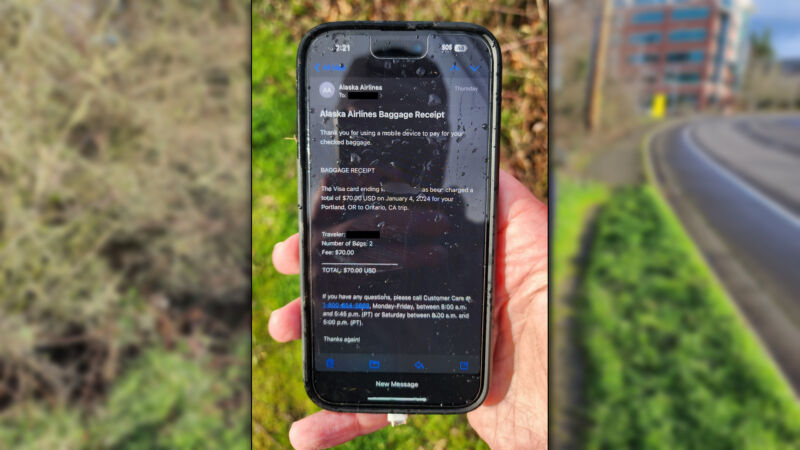Supreme Court denies Epic v. Apple petitions, opening up iOS payment options
Epic v. Apple —
Most of Epic’s arguments are moot now, but one point will change the App Store.

Enlarge / Artist’s conception of iOS developers after today’s Supreme Court ruling, surveying a new landscape of payment options and subscription signaling.
Epic Games
The Supreme Court declined to hear either of the petitions resulting from the multi-year, multi-court Epic v. Apple antitrust dispute. That leaves most of Epic’s complaints about Apple’s practices unanswered, but the gaming company achieved one victory on pricing notices.
It all started in August 2020, when Epic sought to work around Apple and Google’s app stores and implemented virtual currency purchases directly inside Fortnite. The matter quickly escalated to the courts, with firms like Spotify and Microsoft backing Epic’s claim that Apple’s App Store being the only way to load apps onto an iPhone violated antitrust laws.
The matter reached trial in May 2021. The precise definitions of “games” and “marketplace” were fervently debated. Epic scored a seemingly huge victory in September 2021 when a Northern California judge demanded that Apple allow developers to offer their own payment buttons and communicate with app customers about alternate payment options. An appeals court upheld that Apple’s App Store itself wasn’t a “walled garden” that violated antitrust laws but kept the ruling that Apple had to open up its payments and messaging.
Today’s denial of petitions for certiorari means that Apple has mostly run out of legal options to prevent changes to its App Store policies now that multiple courts have found its “anti-steering” language anticompetitive. Links and messaging from developers should soon be able to send users to alternative payment options for apps rather than forcing them to stay entirely inside Apple’s App Store, resulting in a notable commission for Apple.
Epic’s goals to see Fortnite restored to the App Store or see third-party stores or sideloading on iPhones remain unfulfilled. This is not the case with Epic’s antitrust suit against Google, which in mid-December went strongly in Epic’s favor. With a unanimous jury verdict against Google, a judge this month will determine how to address Google’s violations—potentially including Epic’s request that it and other developers be allowed to issue their own app stores and payment systems on Android devices.
Tim Sweeney, CEO of Epic Games, wrote in a thread on X (formerly Twitter) that the Supreme Court’s denial means the “battle to open iOS to competing stores and payments is lost in the United States” and that it was a “sad outcome for all developers.” Sweeney noted that as of today, developers on Apple’s platforms can “tell US customers about better prices on the web.” And he noted that regulatory and policy actions around the world, including the upcoming EU Digital Markets Act, may have further impact.
Apple has yet to comment on today’s Supreme Court decision.
Supreme Court denies Epic v. Apple petitions, opening up iOS payment options Read More »

